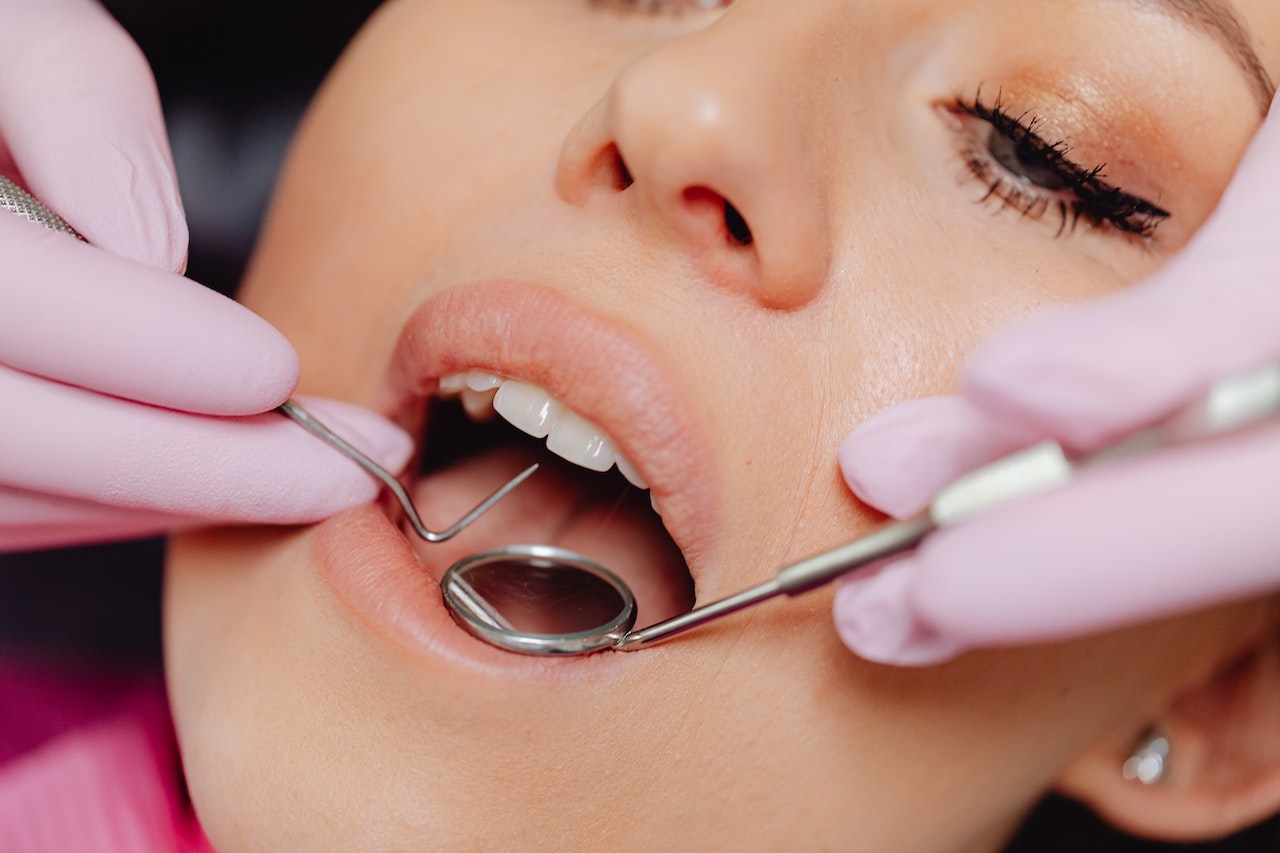When patients consult with dentists about undergoing restorative dentistry, they often refer to them in general terms. However, there is more than one type of dental restoration and more than one class. These dental treatments fall into two categories, direct and indirect. Every type of restoration procedure available at your dental office can be found within these two classes. The main difference between direct and indirect restorations is the manner in which they are designed, created, and placed.
Distinguishing Between Direct and Indirect Dental Restorations
Direct restorations are those that can be fully designed, created, and finished within the patient’s mouth. They typically only require a single office visit and may be included in your consultation procedure. This is because there is no need to include a temporary or provisional dental restoration between preparation and placement.
For many years the most common form of direct restoration was dental fillings. Specifically, the silver amalgam filling. Today, silver amalgam has been largely eliminated as a dental filling material. Instead, composite resins have stepped up to become the most popular form of filling today. Further, they’ve found a place in new forms of dental restorations in the form of dental bonding.
Direct restorations provide the following benefits:
- Same-day treatments
- Instant results
Indirect restorations are those that require a more involved restoration process. These include dental implants, onlays, inlays, bridges, crowns, and veneers, just to name a few. These restorations often require a multi-stage design, manufacture, and placement process. Some dental offices have introduced machinery that makes this entire process able to be completed in a single day.
Regardless, many of these restorations still require multiple steps to achieve. For example, dental implants typically require four to six months to complete. The first stage is the implanting of the titanium screws into the jaw. Once the jaw heals from this procedure, the abutments are put in place that the dental prosthesis (false teeth) will be affixed to. During this period, the replacement teeth will have to be manufactured and prepared for placement.
As mentioned above, some recent innovations have made it possible to produce indirect treatments in a single day. Crowns, bridges, and veneers are some examples. Restorations can be manufactured within a single visit at properly equipped dental offices. This is accomplished by using new technologies that allow the creation of a digital impression in the office and transferring it to a milling machine. This machine takes the design created using the digital impression and creates the final restoration in one visit.
Learn More About Dental Restorations With Your Dentist
If you’re considering getting dental restorations, reach out to your dental office today. You can talk to them about their available resources and which is best suited for your specific concern. Dental restorations are an important part of maintaining your oral health and ensuring that compromised teeth return to being a strong and healthy part of your smile. Call today, schedule your appointment, and take a step towards facing the world with a fantastic smile.
